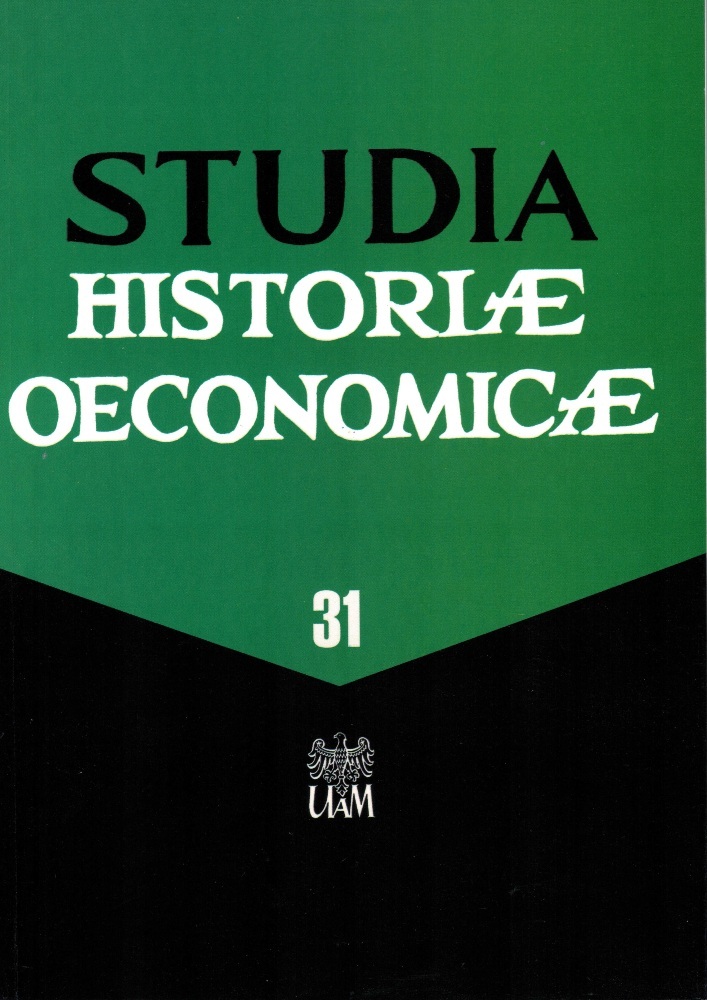Abstract
This paper deals with the problem of shaping landscape. The examples of towns of Great Poland from the 13th century were implemented and used. Their layout was not accidental. Towns were created with a substantial dose of accuracy. A market square was precisely laid out; roads were turned straight to the nearby towns, and plots were created for townsmen. It tended to be the final product of human thought and idea. The comparison of towns’ sizes shows that the same measures and similar schemes were used. In a medieval town each and every aspect was carefully planned and wellthought- out, but sometimes it was modified due to the terrain. Subsequent generations interpreted landscape on their own and occasionally changed the layout of a town. The contemporary appearance of towns is a product of thought materialisation in the living space. That is why the landscape of towns can be analysed and read.
License
Copyright (c) 2013 Maurycy Kustra

This work is licensed under a Creative Commons Attribution-ShareAlike 4.0 International License.




